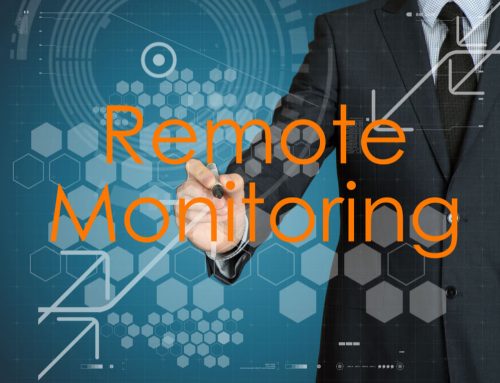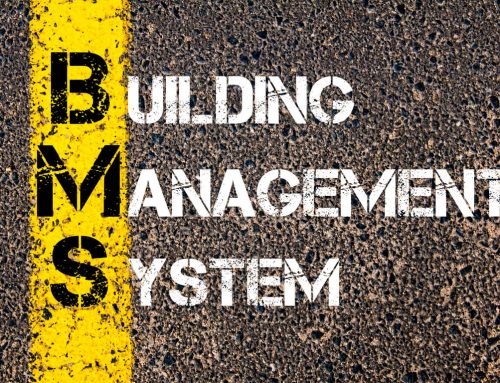The Global Building Automation Systems Market is estimated to be USD 73 Bn in 2021 and is expected to reach USD 109.8 Bn by 2026, growing at a CAGR of 8.5%.
Building automation refers to the use of a Building Management System (BMS) or Building Automation System to automate the control of a building’s HVAC (heating, ventilation, and air conditioning), electrical, lighting, shading, Access Control, Security Systems, and other interconnected systems (BAS). Improved occupant comfort, efficient building system operation, reduced energy consumption, reduced operating and maintenance costs, increased security, historical performance documentation, remote access/control/operation, and improved life cycle of equipment and related utilities are all goals of building automation.
The BMS industry is growing too in the UK, as are energy bills.
News broke this week about huge price hikes for gas and electricity. A 54% increase, in fact, for UK households as the energy price cap was removed. This will affect homeowners and businesses alike. It is, then, perhaps time to look at how to mitigate against these rises through BMS, Building Management Systems.
One way of doing his is by integrating access control systems, which will:
- Use space to optimise energy. In any building, there are spaces that are used very little and others that are hives of activity. Heating and lighting though often have blanket coverage, regardless of activity and size of space. Occupancy sensors can gather usage data and trends of weather, storage, seasonality, and other important factors can be analysed through an integrated system.
- Add system control activation. For HVAC, lighting, it is possible to implement system controls. When a business closes, a BMS can shut energy outputs down and restart them for the next working hours. You can even trigger energy activation out of hours for emergency access etc.
- Event management. As the world returns to some level of normality, business and commercial events will recommence. Access controls can be put in place for scheduled meetings and events, so attendees and delegates are, for example, comfortably warm (or cool) on entry to a space. Sensors can deactivate these systems when the space empties.
With the race to green energy, it was great to read too, this week, of NFU Mutual partnering with Schneider Electric to help deliver Net Zero sustainability targets across its built estate.
Kas Mohammed, VP of Digital Energy at Schneider Electric UK & Ireland, commented:
“Buildings continue to be one of the largest contributors to carbon emissions across the world, around 40% in the UK. Without addressing energy inefficiencies across our built environment, it will be impossible to reach the net zero targets that are vital to securing our planet’s future. In taking steps to revolutionise its estate, NFU Mutual is tackling this issue as a priority, demonstrating its commitment to sustainability that not only serves future generations, but also upgrades buildings to make them more comfortable, flexible and responsive to current users’ needs. We are driven to help ambitious organisations like NFU Mutual to become sustainable leaders, providing stellar examples of what can be achieved through partnership.”
If you’d like to discuss Building Management Systems, contact us at All BMS today.






